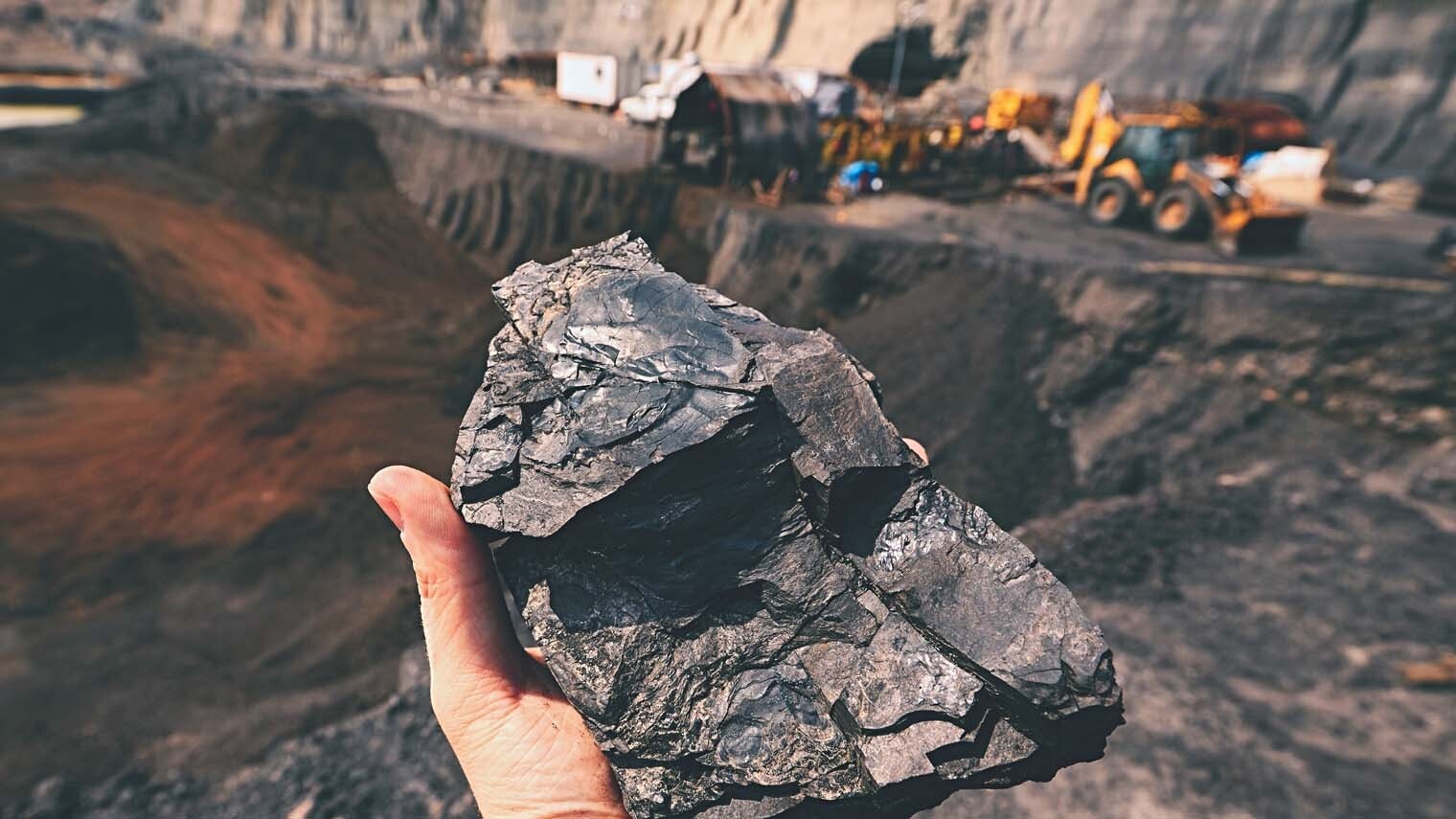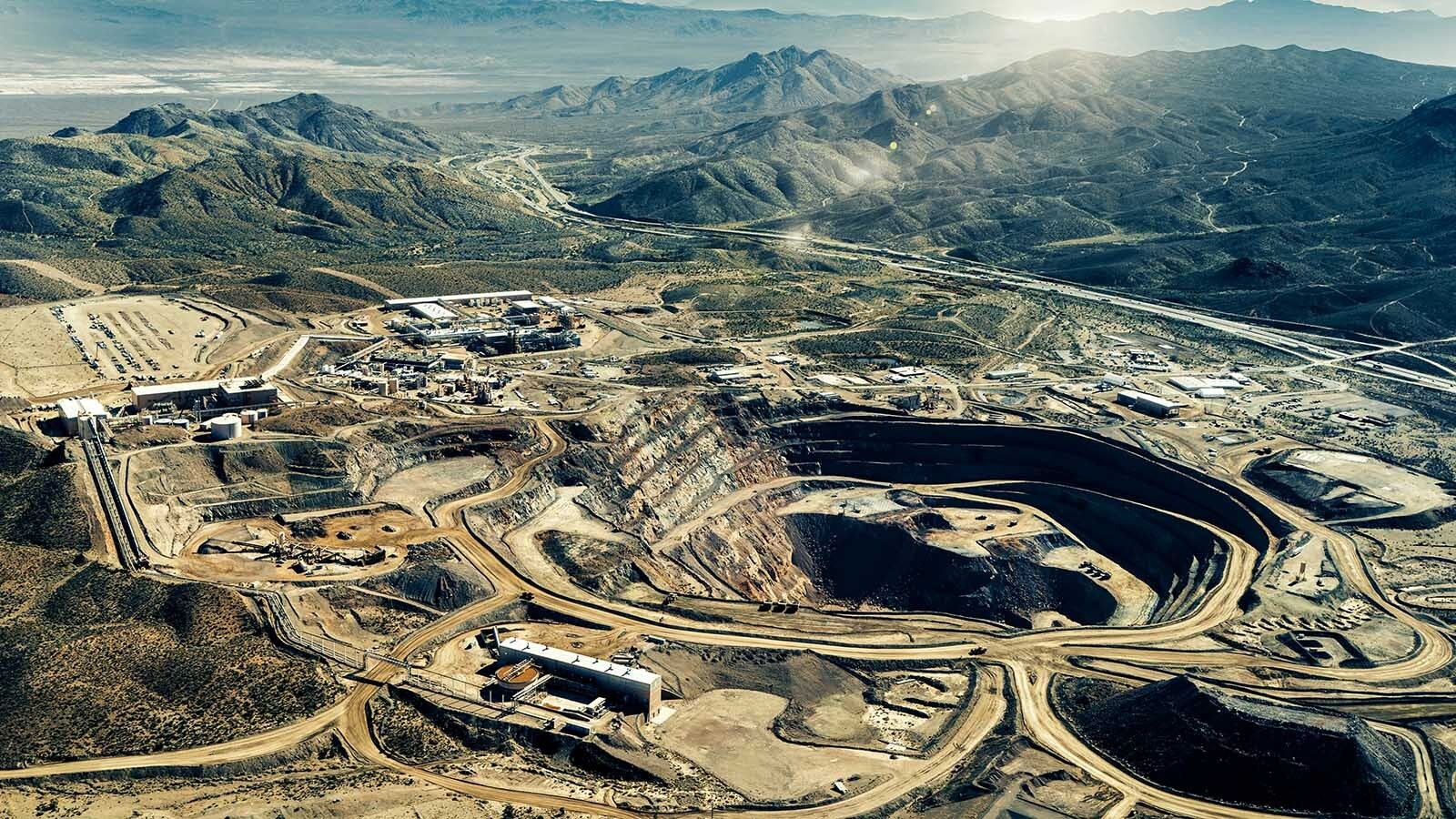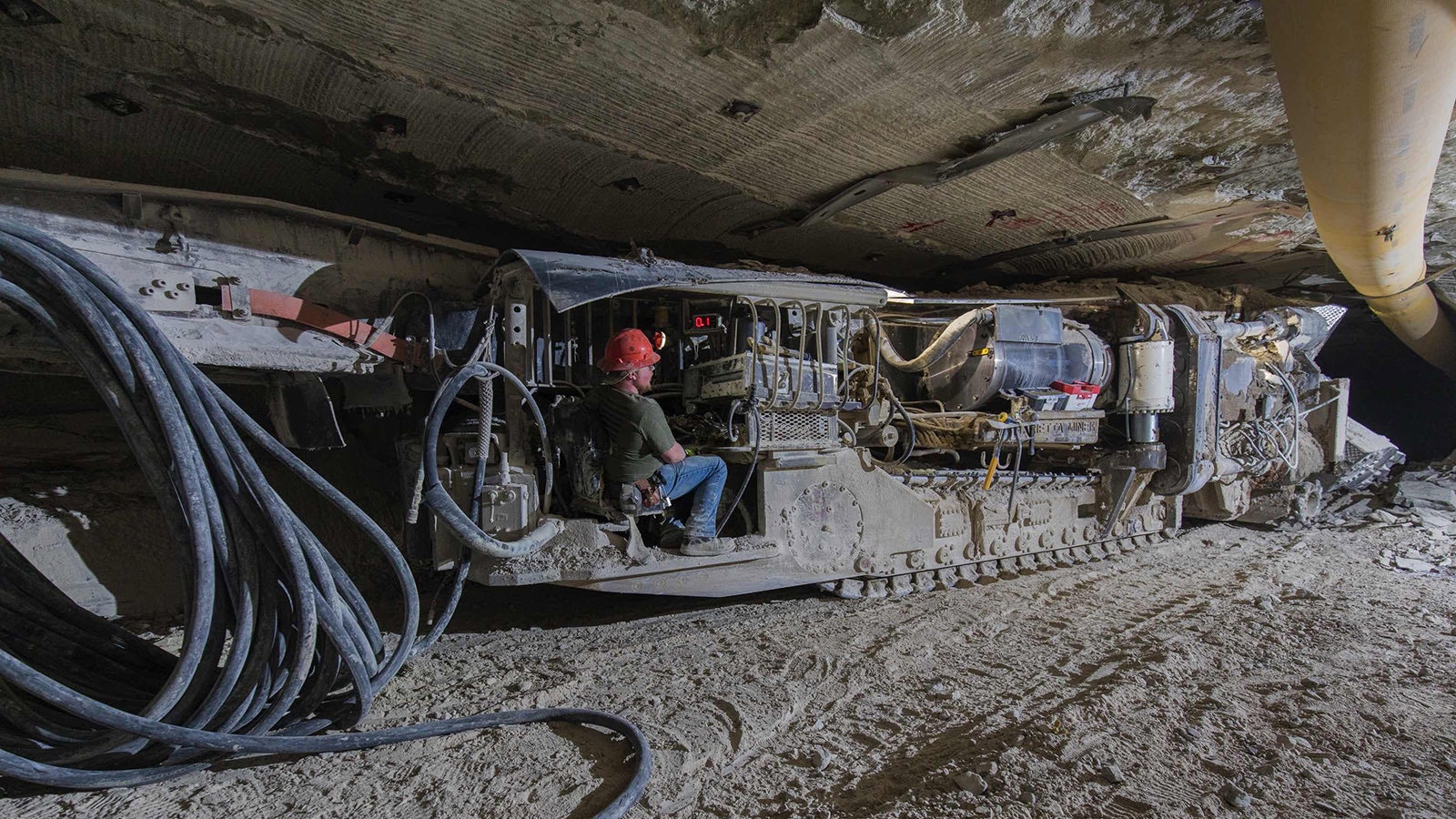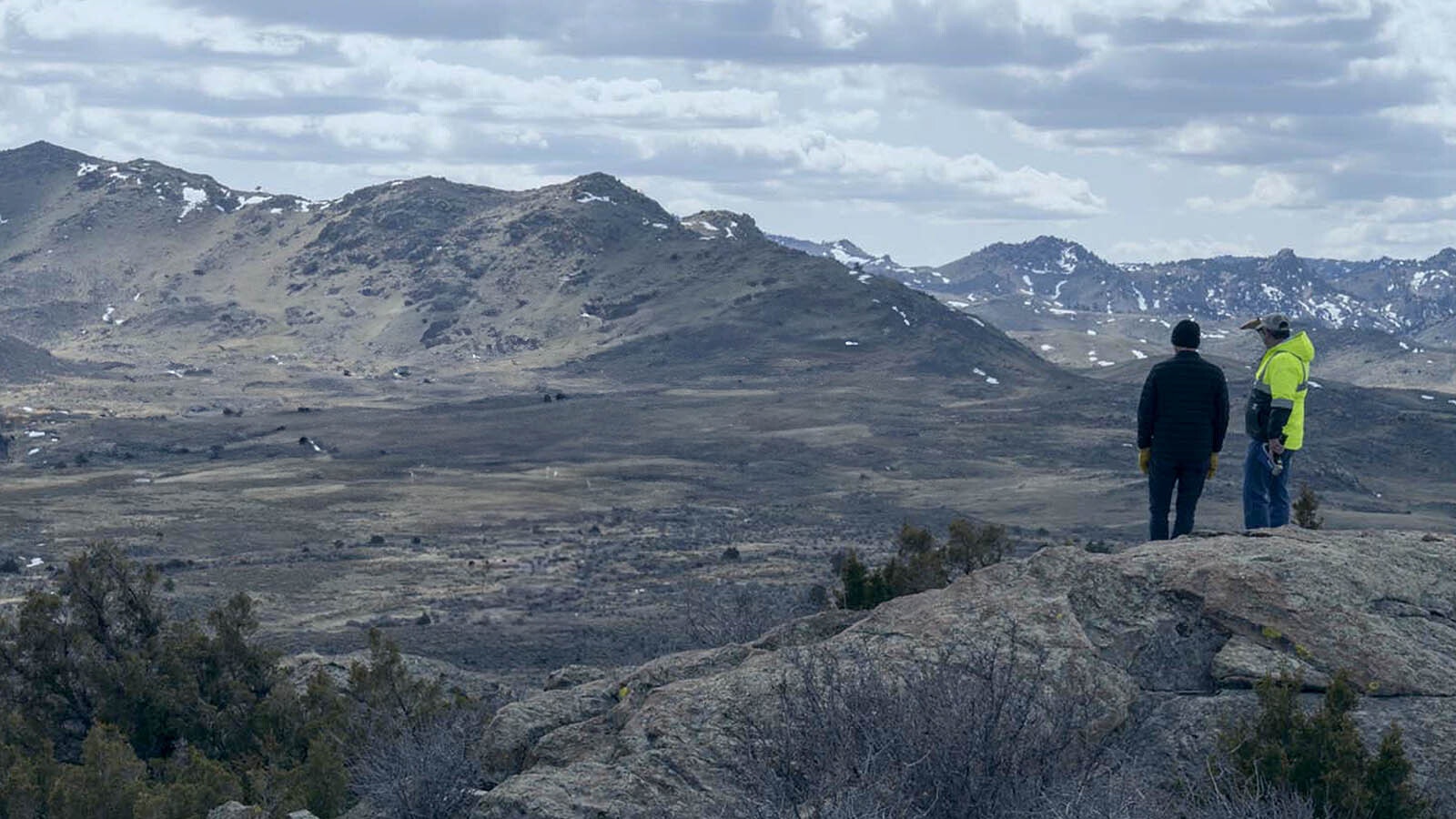The United Nations says it’s very concerned about what it calls “rampant disinformation” that’s delaying “climate action.”
U.N. Under-Secretary General Melissa Felming explains that, “There is no doubt the world must act now to avoid catastrophic ecological collapse” and that we’re being “tricked” by those “with a vested interest in keeping us hooked on fossil fuels.”
Such campaigns label as disinformation any arguments against the claims that climate change is producing catastrophes and that the world can rapidly eliminate fossil fuels without deindustrializing the world.
False information from climate activists and renewable energy proponents largely gets ignored in the campaign against so-called disinformation.
Transition Mining
Consider an article this week by Denver-based writer Michael Thomas headlined, “A Fossil Fuel Economic Requires 535X More Mining Than A Clean Energy Economy.”
A thread based on the article was viewed 244,500 times and liked more than 2,000 times.
Thomas, who has written for The Atlantic and Fast Company, disputes claims that a transition away from fossil fuels to wind and solar power will require a lot of mining.
He takes figures from the International Energy Agency (IEA) of the total volume of critical minerals that will be needed to reach renewable energy targets for what the IEA calls a “sustainable development scenario.”
Thomas then compares the IEA’s estimations of 28 million tons of minerals needed annually by 2040 for the scenario to the 15 billion tons of coal, oil and natural gas that he claims are mined and extracted each year now.
Reality Check
The article doesn’t cite a source for the total fossil fuels mined and extracted, including how the total natural gas consumed was converted into tons mined.
Cowboy State Daily reached out to Thomas, who has more than 30,000 followers on Twitter, but didn’t get a response.
The article uses figures of mineral demand in the IEA report to represent total volume mined.
John Lee Pettimore is a retired mining mechanic with more than 40 years of experience. He writes about the amount of mining required to satisfy demand for wind and solar.
In one Twitter thread, Pettimore displays a photo of a 1-ton rock to illustrate the volume of mined material that must be taken from the earth to get very small quantities of useable minerals. The 1-ton of rock, Pettimore explains, nets 13 to 22 pounds of copper.
In “Mines, Minerals, and ‘Green’ Energy’: A Reality Check,” Mark Mills, physicist with the Manhattan Institute, explains that a single 1,000-pound electric vehicle battery requires mining 500,000 pounds of materials.
So, the 28 million tons of annual demand of critical minerals for wind, solar and batteries under the IEA 2040 scenario would require hundreds of times more tonnage of mined material to produce those minerals.
Random Service
B.F. Randall, who has a background in project development and project finance, told Cowboy State Daily that the Thomas article uses a flawed conversion to reach its conclusions. It’s comparing energy that is constant to energy that is intermittent.
“You can’t convert a ton of coal into a kilowatt hour of electricity produced by a wind turbine. That’s so absurd. Those are not fungible things,” Randall said.
In a Substack article, “Fuel is a Commodity, Uber is a Service, & Floober is a Loser,” Randall explains that electricity should be thought of more like a service since it’s consumed in the exact moment it’s demanded.
Since wind and solar produce energy randomly, Randall wrote, it’s a lot like an Uber driver who doesn’t show up when he’s needed but instead at some random moment in the day when he’s not.
“Random service is an absurdity,” he wrote.
This is why Germany, which has invested somewhere around $1 trillion in its energy transition, is still using coal.
According to the German Federal Statistical Office, coal in that country accounted for up to 33.3% of electricity production in 2022, from 30.2% in 2021. It was the second year in a row the nation saw an increase in coal use.
‘Blithely Ignoring’
Randall told Cowboy State Daily that another flaw in Thomas’ article is that he argues that transitioning to clean energy will mean no more extracting vast quantities of fossil fuels.
“This is just blithely ignoring the fossil fuels, the diesel fuel and the petroleum that is literally being directly consumed to make, manufacture, produce and refine, and to construct and erect all of this wind and solar and excess transmission,” Randall said.
Whatever the actual figure of the amount of fossil fuels that are extracted or mined every year, to argue that the proposed transition to wind and solar would greatly reduce that doesn’t hold up to scrutiny.





